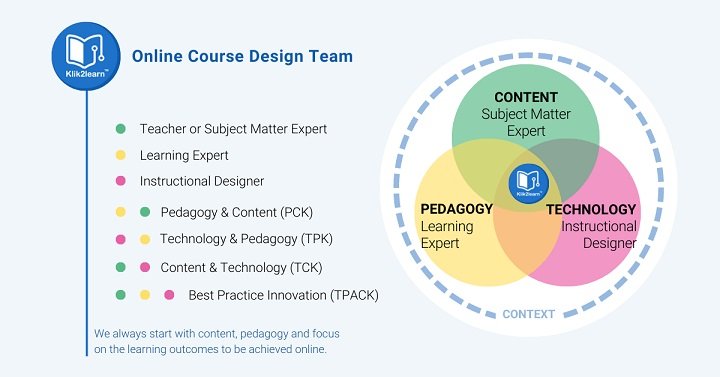Key Takeaways:
- Understand the structure and format of online instructional design programs.
- Learn about the skills and knowledge acquired through these programs.
- Discover the career opportunities available for graduates.
- Explore the benefits of enrolling in an online program.
- Identify common challenges and how to overcome them.
The Structure and Format of Online Instructional Design Programs
Online instructional design programs are typically structured to provide a flexible learning environment. This flexibility is crucial as it allows students to balance their studies with personal and professional commitments, making it possible for working professionals and those with family responsibilities to pursue their educational goals. These programs often use asynchronous and synchronous content to enhance the learning experience. Asynchronous content includes pre-recorded lectures, readings, and discussion boards, which enable students to learn at their own pace and revisit materials as needed. In contrast, synchronous content, such as live webinars and real-time discussions, facilitates immediate interactions with instructors and peers. This element is vital for dynamic learning. For those interested in advancing their careers in this field, an Instructional Design degree online provides a comprehensive and flexible option.
Skills and Knowledge Acquired
Enrolling in an online instructional design program equips students with diverse skills essential for developing effective educational experiences. Core competencies include curriculum development, educational technology integration, and instructional strategy design. These programs often emphasize the application of various pedagogical theories and models in real-world contexts, allowing students to design and implement instruction that meets the diverse needs of learners. In addition to these foundational skills, students learn to manage and lead learning projects, creating strategies that facilitate organization-wide learning and performance improvement. Understanding how to analyze and interpret educational data is crucial for those interested in data-driven decision-making. This includes using analytics to assess learning outcomes and make informed decisions about instructional improvements, a skill increasingly valued in modern educational environments.
Career Opportunities for Graduates
Graduates of online instructional design programs are well-prepared for various career paths in the education and training sectors. Potential roles include instructional designer, e-learning specialist, curriculum developer, and education consultant. Companies and educational institutions alike recognize instructional designers’ value in creating effective learning environments and training programs. According to the Bureau of Labor Statistics, the demand for instructional coordinators is expected to grow by 6% from 2019 to 2029, highlighting graduates’ positive job outlook. The increasing emphasis on digital learning and the need for well-designed instructional materials and programs drives this growth. Moreover, the skills acquired through these programs are applicable across various industries, including corporate training, higher education, healthcare education, and nonprofit organization training initiatives.
Benefits of Enrolling in an Online Program
There are numerous advantages to pursuing an instructional design degree online. The flexibility and convenience of online programs accommodate busy schedules, making higher education more accessible to those who might otherwise be unable to attend traditional, on-campus courses. This format particularly benefits working professionals juggling their job responsibilities with academic pursuits. Additionally, online programs often offer a diverse classroom environment, allowing students to interact with peers from different geographical and cultural backgrounds. This diversity can enhance collaborative learning and broaden perspectives, leading to richer discussions and a deeper understanding of global educational practices. Additionally, the online format frequently encourages the growth of digital communication and teamwork abilities, which are becoming more and more crucial in the connected world of today.
Common Challenges and How to Overcome Them
Despite their many benefits, online instructional design programs come with their own set of challenges. Time management is a common issue, as students must balance coursework with other responsibilities. Students should develop a structured schedule to succeed, incorporating study time into their daily routines and avoiding procrastination. Utilizing productivity tools such as digital calendars, task management apps, and time-tracking software can help students stay on track. Lack of in-person engagement can also be a barrier because it can cause emotions of loneliness. In order to combat this, students should take an active part in online communities by creating a sense of support and belonging through discussion boards, virtual study groups, and other initiatives. Furthermore, maintaining regular contact with teachers and fellow students helps foster a more dynamic and interesting learning environment.
Choosing the Right Program for You
When selecting an online instructional design program, it is essential to consider factors such as accreditation, program length, and the availability of support services. Accreditation ensures that the program meets certain standards of quality and rigor, which can be important for both educational and professional credibility. It is also helpful to look at the specific curriculum and coursework to ensure it aligns with your career goals and interests. Reading alumni reviews and attending information sessions can provide insights into the program’s quality and alignment with your career goals. For instance, the quality of faculty can significantly impact your learning experience and future network. Additionally, consider the level of technical support and access to resources such as libraries, career services, and mentorship opportunities. These elements can enhance your learning experience and provide valuable support throughout your educational journey.
The Future of Instructional Design
The field of instructional design is continuously evolving, driven by advancements in technology and changes in educational needs. Keeping abreast of emerging trends, such as virtual reality in education and personalized learning, will help aspiring instructional designers stay competitive. Virtual reality offers immersive learning experiences that can significantly enhance engagement and retention, while personalized learning tailors educational content to individual students’ needs and preferences, improving outcomes. Continuous professional development through workshops, webinars, and conferences will also benefit long-term career growth. Instructional designers can stay ahead of educational innovation by staying updated with industry trends and continuously expanding their knowledge and skills.
